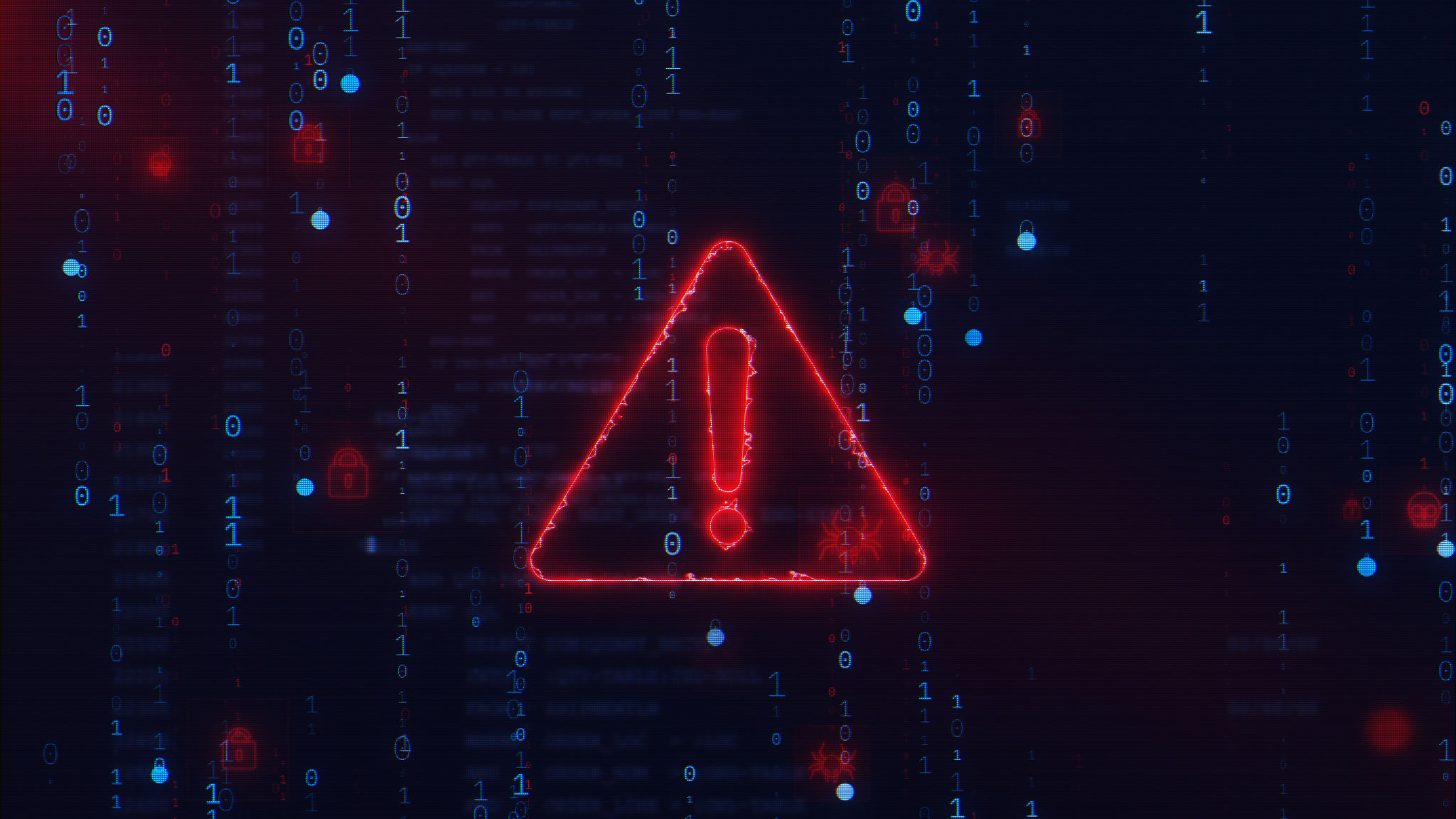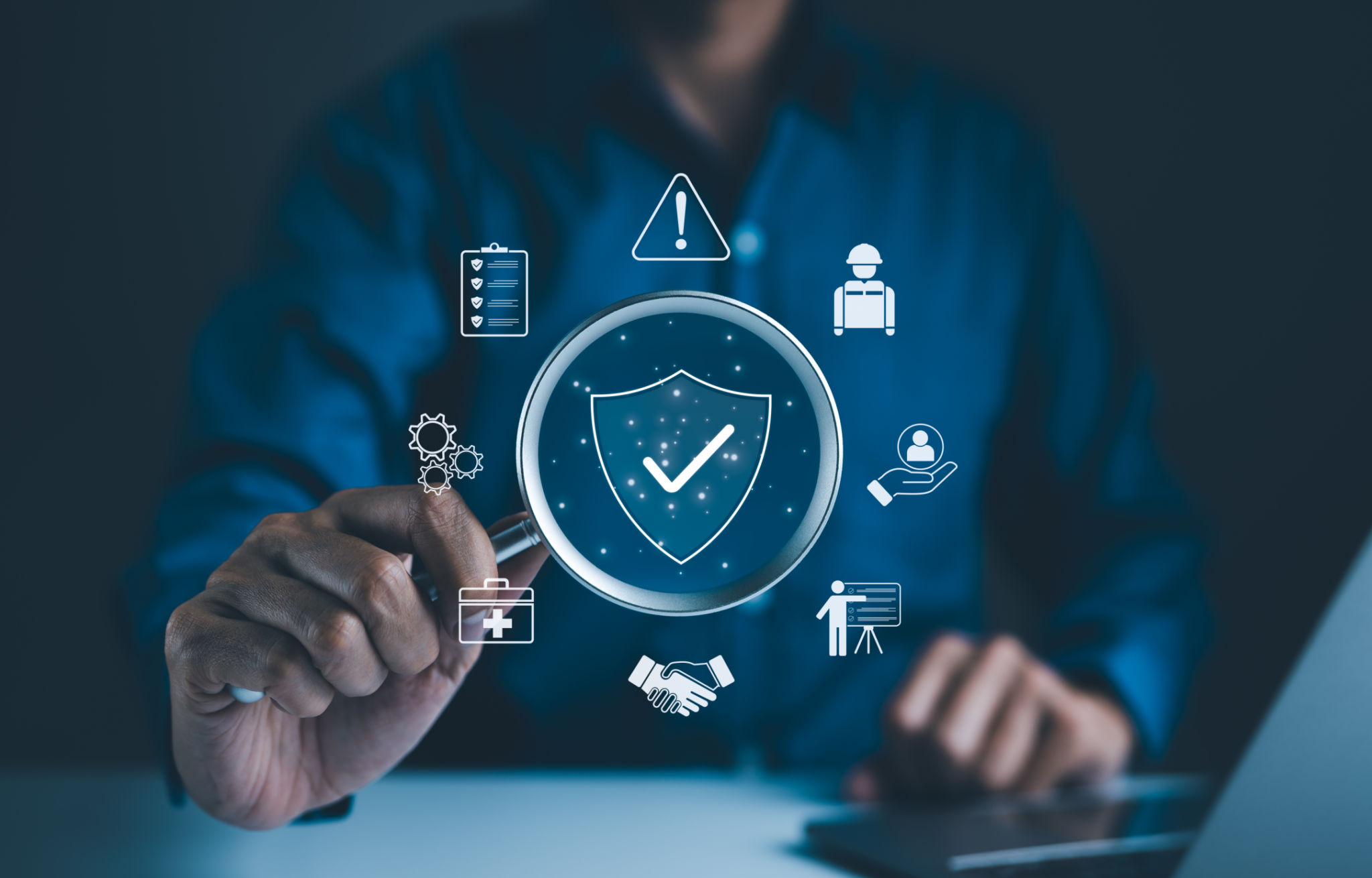Latest Cybersecurity Strategies: How to Stay Ahead of Emerging Threats
Understanding the Cybersecurity Landscape
In today's digital age, cybersecurity is more crucial than ever. As technology evolves, so do the techniques used by cybercriminals. To protect sensitive data and maintain trust, organizations must stay ahead of emerging threats. This requires a comprehensive understanding of the current cybersecurity landscape and the strategies needed to combat these threats effectively.
Cyber threats have become increasingly sophisticated, with attackers using advanced methods to bypass traditional security measures. It's vital for businesses to recognize these threats and adopt proactive measures to mitigate potential risks. This involves continuous monitoring and updating of security protocols to ensure they are robust against new forms of attacks.

Implementing Strong Security Measures
One of the fundamental aspects of a solid cybersecurity strategy is implementing strong security measures. These measures include using firewalls, antivirus software, and intrusion detection systems. However, relying solely on these tools is not enough. Businesses must also focus on creating a culture of security awareness among employees.
An effective way to enhance security is through regular training sessions. Educating employees about the latest phishing tactics, malware threats, and the importance of strong passwords can significantly reduce the risk of a successful cyberattack. By fostering a security-conscious environment, organizations can ensure that all team members are actively participating in safeguarding digital assets.

Embracing Advanced Technologies
As cyber threats become more advanced, so must the technologies used to combat them. Embracing cutting-edge technologies like Artificial Intelligence (AI) and Machine Learning (ML) can provide organizations with a significant advantage in detecting and responding to threats in real-time.
AI and ML can analyze vast amounts of data quickly, identifying patterns that may indicate a potential threat. By integrating these technologies into their cybersecurity strategies, businesses can enhance their ability to detect anomalies and respond to incidents swiftly. This proactive approach reduces the time between detection and response, minimizing potential damage.

Regularly Updating Security Policies
Security policies form the backbone of any cybersecurity strategy. Regularly reviewing and updating these policies ensures they remain effective against new threats. Policies should cover various aspects, including data protection, access controls, and incident response procedures.
It's essential to keep policies flexible and adaptable, allowing organizations to respond quickly to changing threat landscapes. By conducting regular audits and assessments, businesses can identify potential vulnerabilities and take corrective actions promptly. This continuous improvement process helps maintain a strong security posture.
Utilizing Multi-Factor Authentication
Multi-Factor Authentication (MFA) is an essential component of modern cybersecurity strategies. By requiring users to provide multiple forms of identification before accessing sensitive systems or data, MFA significantly reduces the likelihood of unauthorized access.
MFA can include a combination of something the user knows (password), something the user has (smartphone), and something the user is (fingerprint). Implementing MFA across all critical systems adds an extra layer of protection, making it more challenging for cybercriminals to gain control.

The Importance of Incident Response Plans
No matter how robust an organization's cybersecurity measures are, there's always a risk of a breach. Having a well-defined incident response plan is crucial for minimizing damage and ensuring a swift recovery. These plans should outline the steps to be taken during and after a security incident.
An effective incident response plan includes clear roles and responsibilities, communication protocols, and steps for containment and recovery. Regular drills and simulations can help ensure that all team members are familiar with their roles during an actual event, reducing confusion and improving response times.
In conclusion, staying ahead of emerging cybersecurity threats requires a proactive approach that combines strong security measures, advanced technologies, and continuous improvement. By implementing these strategies, organizations can protect their digital assets and maintain the trust of their customers.